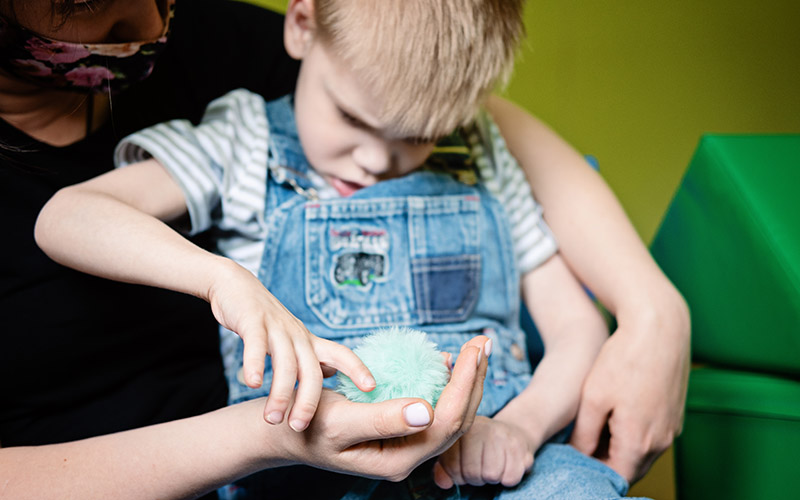Parenting a child with autism brings both unique challenges and opportunities for growth. It’s a journey that requires patience, understanding, and a commitment to creating an environment that fosters development. In this article, we’ll explore the diverse aspects of nurturing a child with autism, celebrating their strengths, and providing the support they need to flourish.
- Understanding Autism: Autism, or Autism Spectrum Disorder (ASD), is a neurodevelopmental disorder characterized by differences in social communication and behavior. It’s crucial for parents and caregivers to educate themselves about the spectrum of abilities within autism, recognizing that each child’s experience is unique.
- Celebrating Uniqueness: One of the most important steps in nurturing a child with autism is embracing their uniqueness. Every child, regardless of their abilities, has strengths waiting to be discovered. Celebrate their individuality, recognizing and fostering their special talents and interests.
- Effective Communication Strategies: Communication can be a challenge for children with autism, but there are various strategies to facilitate effective interaction. Pay attention to the child’s preferred communication methods, be it visual aids, sign language, or alternative communication devices. Encourage expression through whichever means best suits their needs.
- Building a Supportive Environment: Create a home environment that supports the child’s sensory needs. Consider factors such as lighting, noise levels, and textures to make the surroundings more comfortable. Providing a safe and predictable space allows the child to thrive and express themselves more freely.
- Tailoring Education and Learning Styles: Work closely with educators to tailor learning experiences to the child’s unique needs. Some children with autism may benefit from visual aids, hands-on activities, or individualized learning plans. Collaborate with teachers to create a supportive and inclusive educational environment.
- Encouraging Social Interaction: While social interactions may be challenging, fostering social skills is crucial. Arrange playdates, involve the child in group activities, and use social stories or role-playing to practice social situations. Gradual exposure to social settings can help build confidence over time.
- Promoting Independence: Support the development of independence by breaking tasks into manageable steps. Encourage the child to take on responsibilities appropriate for their age, and provide positive reinforcement for accomplishments. Building independence fosters a sense of autonomy and self-confidence.
- Professional Collaboration: Collaborate with professionals such as speech therapists, occupational therapists, and behavioral therapists who specialize in autism. Regular communication with these experts ensures a holistic approach to the child’s development, addressing both academic and social needs.
- Cultivating Emotional Well-Being: Recognize and address the emotional well-being of the child. Some children with autism may experience heightened anxiety or difficulty managing emotions. Implement strategies such as visual schedules, relaxation techniques, or a designated quiet space to help regulate emotions.
- Family and Community Support: Seek support from family, friends, and the community. Joining support groups or connecting with other families who have children with autism can provide valuable insights, shared experiences, and a network of understanding individuals.
Conclusion:
Parenting a child with autism is a journey filled with discovery, growth, and the joy of witnessing unique accomplishments. By embracing the child’s individuality, providing tailored support, and fostering a supportive environment, caregivers can empower their children with autism to navigate the world with resilience and confidence. Remember that every milestone, no matter how small, is a significant step towards unlocking the full potential of a child with autism.




